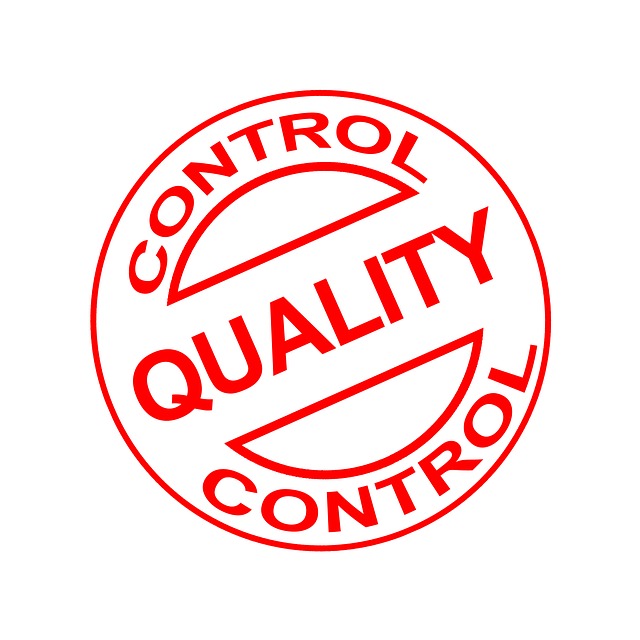The DMV vehicle verification process, which centers on VIN number verification, is a mandatory step for registering a vehicle. This process ensures the VIN on your car matches official DMV records, providing essential information about its make, model, year, and history. Accurate VIN verification helps confirm the vehicle's authenticity, check for liens, recalls, or past issues like theft or major accidents, and prevent fraud. To complete this verification, vehicle owners must visit an authorized DMV VIN inspection location where personnel will decode and verify the VIN against national databases. The specific requirements for DMV VIN inspection may vary by state, so it's important to be well-informed beforehand. By preparing all necessary documents and understanding the VIN verification process, you can facilitate a streamlined and efficient registration experience, ensuring your vehicle is legally operational on public roads without delay.
When registering a vehicle with the DMV, a VIN inspection is not merely a bureaucratic step—it’s a pivotal component of the process. A thorough VIN number verification ensures your car’s history aligns with official records, paving the way for prompt and error-free registration. This article demystifies the DMV vehicle verification process, guiding you through locating certified DMV VIN inspection sites to fulfilling all DMV VIN check requirements, thereby streamlining your vehicle’s registration timeline.
- Navigating DMV Vehicle Verification: The Significance of a VIN Inspection for Registration
- Locating DMV VIN Inspection Sites and Understanding the Verification Process
- Comprehending DMV VIN Check Requirements and Their Impact on Your Vehicle's Registration
Navigating DMV Vehicle Verification: The Significance of a VIN Inspection for Registration
When registering a vehicle with the Department of Motor Vehicles (DMV), a critical step is the DMV vehicle verification process, which includes VIN number verification. The Vehicle Identification Number (VIN) serves as a unique identifier for your car, encapsulating essential information about its make, model, year, and manufacturing details. A thorough VIN inspection is indispensable for confirming that the vehicle’s VIN aligns with the records in the DMV database. This alignment is imperative to authenticate the vehicle’s history, including any liens, recalls, or previous registrations. Ensuring this alignment aids in preventing fraud and theft, and it guarantees that the vehicle has not been reported as stolen or involved in significant accidents.
To undergo the DMV VIN inspection, you must visit an authorized DMV VIN inspection location. These locations are staffed with qualified personnel who can decode the VIN, verify its authenticity, and cross-reference it against the official database. The VIN verification process is straightforward but essential. It typically involves presenting your vehicle to the designated DMV facility where a trained professional will examine the VIN plate—usually found on the driver’s side dashboard or the car’s frame—and input the number into the DMV system. Compliance with the DMV VIN check requirements is a prerequisite for registering your vehicle, and adhering to these standards can significantly expedite the registration process, ensuring that your application is processed without unnecessary delays. Knowing the specific requirements and where to find them can make this aspect of vehicle registration smooth and efficient, paving the way for lawful, unencumbered driving on public roads.
Locating DMV VIN Inspection Sites and Understanding the Verification Process
When navigating the process of registering a vehicle at your local Department of Motor Vehicles (DMV), one critical step is undergoing a DMV vehicle verification through VIN number verification. This procedure is integral to confirm the authenticity of your car’s identity and history, ensuring that it aligns with the records of the manufacturer and its previous registrations. The VIN inspection is not merely a formality but a safeguard against fraudulent activities and a means to maintain accurate vehicle data. To locate DMV VIN inspection sites, start by visiting your state’s DMV website or contacting them directly. These designated locations are equipped to perform the VIN verification process, which involves decoding the VIN to extract vital information about the vehicle’s make, model, year, and history. This information is then cross-referenced with national databases to confirm its authenticity. The DMV VIN inspection requirements can vary by state, so it’s essential to familiarize yourself with these specifications beforehand. Knowing what documents you need and understanding the verification process will streamline your DMV registration inspection experience, allowing you to complete this step of vehicle registration promptly without any unnecessary delays. Whether you’re registering a new purchase or transferring plates from an old vehicle, the VIN number verification is a pivotal step in ensuring that your registration paperwork is processed correctly and efficiently.
Comprehending DMV VIN Check Requirements and Their Impact on Your Vehicle's Registration
When navigating the process of registering a vehicle with the DMV, understanding the VIN number verification is paramount. The DMV vehicle verification serves as a critical step to ensure that the vehicle’s history and legal status are accurately recorded. The VIN number verification process involves checking the Vehicle Identification Number against official databases to confirm the vehicle’s details, including its year, make, model, and previous registration history. This step is essential to ascertain that the vehicle has not been reported stolen, is not under finance or lease, and matches the records for insurance purposes.
To complete the DMV VIN inspection, you must identify an authorized location for VIN number verification. These DMV VIN inspection locations are equipped to perform a comprehensive check of your vehicle’s VIN against its title and history. The DMV VIN check requirements mandate that the VIN must be clearly visible and easily accessible, typically on the dashboard for cars, and must match the records exactly. Any discrepancies can lead to delays or denials in registration, necessitating immediate attention to rectify any issues. Understanding the DMV VIN inspection locations and the verification process will streamline your registration timeline, ensuring a smooth and expedited experience at the DMV. It is advisable to gather all necessary documentation, including proof of ownership and insurance, prior to visiting a DMV VIN inspection location to facilitate a swift and efficient process.
When registering a vehicle, conducting a VIN inspection through the DMV vehicle verification process is an indispensable step. It not only confirms the authenticity of your car’s VIN number but also ensures compliance with state regulations. By identifying any discrepancies early on, this diligent check facilitates smooth and timely registration, saving you from potential legal complications. Whether you’re new to vehicle ownership or a seasoned driver, understanding where to find DMV VIN inspection locations and what to expect during the VIN number verification process is key. Furthermore, being aware of the specific DMV VIN check requirements can streamline your registration process, allowing you to maintain uninterrupted road access. In conclusion, prioritizing this aspect of vehicle registration not only adheres to legal standards but also promotes road safety and peace of mind for every driver.



